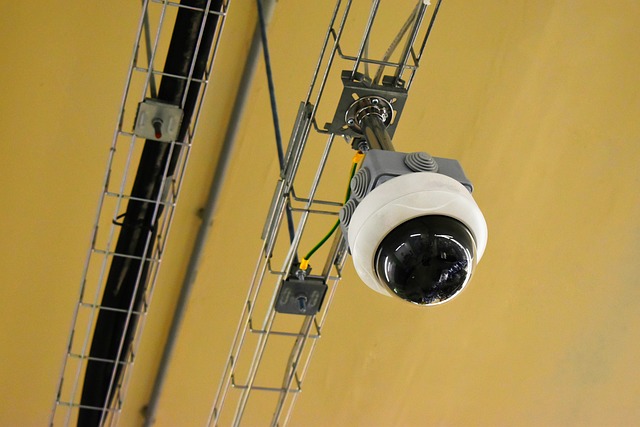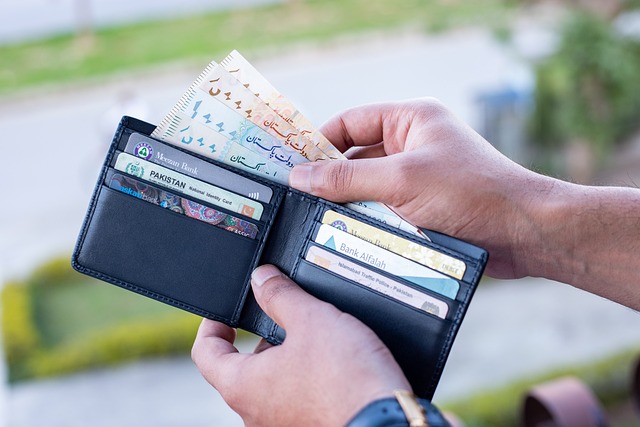Enhancing Online Education Through Robust Video Security Measures
In today’s digital age, online education has become a cornerstone of learning, offering unprecedented access to knowledge from anywhere in the world. However, as the adoption of virtual classrooms and webinars surges, the need for video security has never been more critical. Ensuring secure video content not only protects valuable educational resources but also fosters a trusted environment for both educators and students, enabling more effective knowledge building.
Why Video Security Matters in Online Education
Educational videos are more than just a medium—they’re valuable learning assets that can include proprietary content, sensitive information, and personal data. Without proper security measures, these videos may be vulnerable to unauthorized access, piracy, or interruptions, which can disrupt the learning process and compromise privacy.
By implementing strong video security protocols, institutions can:
- Safeguard intellectual property from unauthorized sharing or copying.
- Maintain student confidentiality and comply with data protection regulations.
- Prevent disruptions during live sessions by deterring hackers or trolls.
- Enhance the overall reliability and professionalism of online education platforms.
Building Knowledge While Maintaining Security
Effective knowledge building in online education depends heavily on uninterrupted, trustworthy content delivery. When learners feel confident that their virtual classroom is secure, they’re more engaged and focused, creating an environment conducive to deeper understanding and retention.
Here are some tips to enhance knowledge acquisition while integrating video security:
- Use Encrypted Video Streaming: Employ encryption protocols (like SSL/TLS) to secure video streams from end to end, ensuring that data remains confidential and tamper-proof.
- Leverage Access Controls: Restrict video access through authenticated logins, permissions, and time-based viewing, so only authorized students and educators can participate.
- Enable Secure Recording and Storage: Protect recorded lectures and educational content with secure cloud storage solutions that offer backups and disaster recovery options.
- Apply Watermarking and DRM: Adding visible or invisible watermarks and using Digital Rights Management helps prevent illegal distribution and fosters accountability.
- Regularly Update Security Protocols: Cyber threats evolve, so it’s important to keep video platforms and security measures current to mitigate emerging risks.
Creating a Secure Learning Community
True knowledge building isn’t just about the content—it’s about the environment where learning grows. Implementing video security strategies shows students and instructors that their privacy and intellectual efforts are valued. This trust encourages open dialogue, active participation, and collaborative problem-solving, cultivating a thriving educational community.
As online education continues to evolve, integrating strong video security practices will remain a fundamental pillar supporting quality learning experiences. By safeguarding digital classrooms, we empower learners worldwide to explore, create, and grow without barriers or worries.




